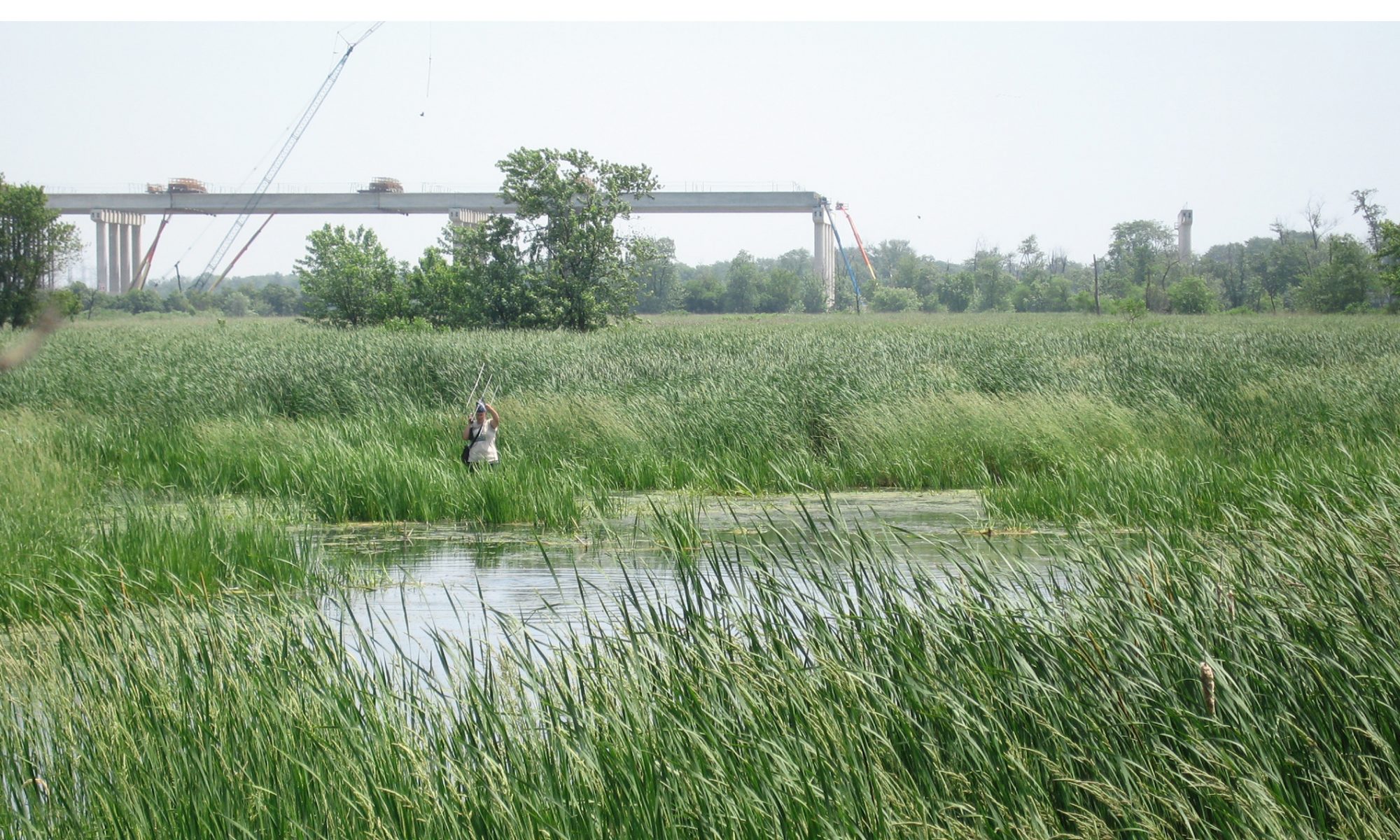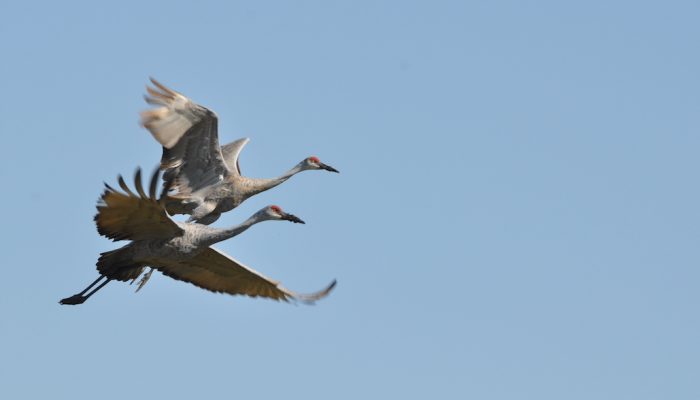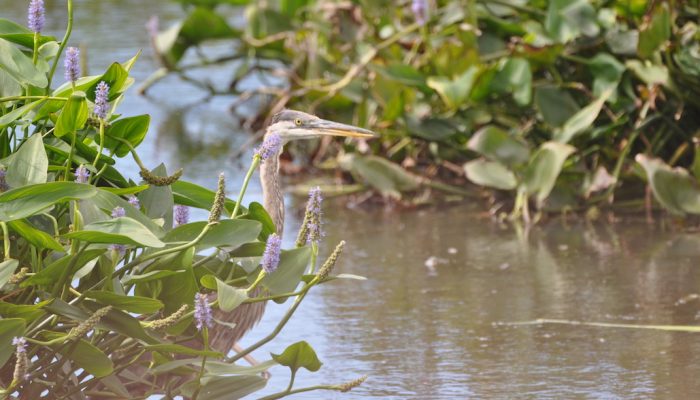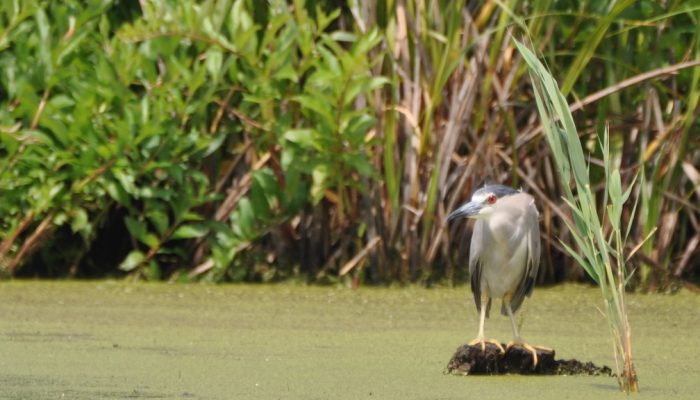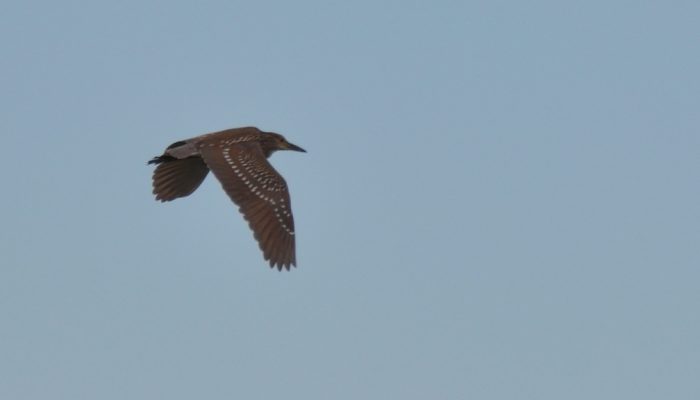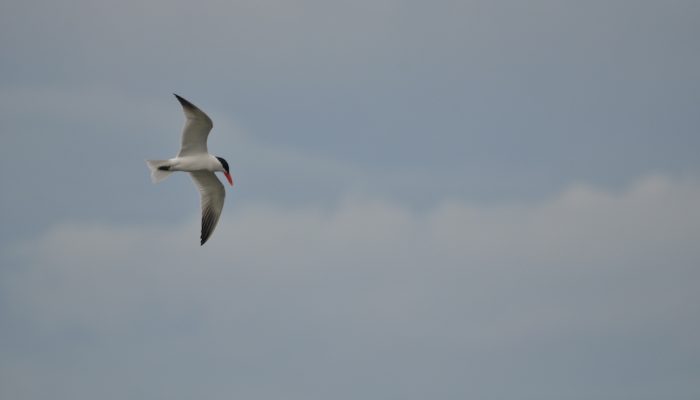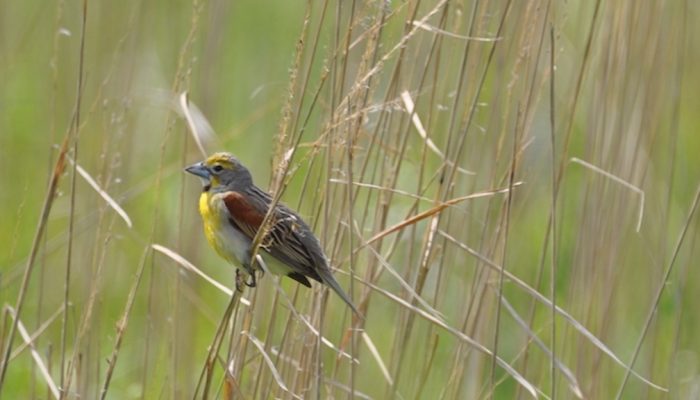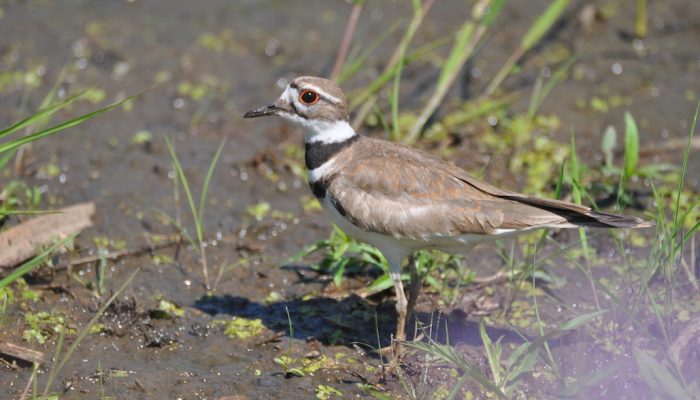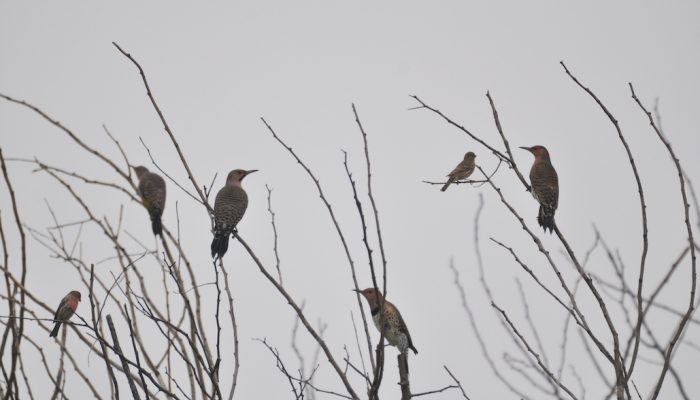We have been assessing bird populations within the Tollway corridor using:
– intensive searches – walk on or off trail, documenting all species encountered (heard or seen)
– line transect surveys – walk a designated transect and document all species encountered
– circular plot counts – stand in a designated location for a fixed amount of time and document all species encountered
– mist netting
In addition to construction related surveys, we are studying many aspects of bird ecology:
– Wetland birds in urban landscapes
– Red-headed Woodpecker
– Monitoring birds at Big Marsh
– Detecting cryptic wetland birds using eDNA
– Migratory bird usage of Forest Preserves along I-294
– North Chicago Wetland Mitigation Bank
Publications:
Rahlin, A., A. Világ, and D. Hurd. 2019. Flexible canopy netting rig and audio lure placement for woodpecker capture. North American Bird Bander 44(2–3):160–166.
Poisot, T., R. Labrie, E. Larson, and A. Rahlin. 2018. Data-based, synthesis-driven: setting the agenda for computational ecology. Ideas in Ecology and Evolution 12:9–21. dx.doi.org/10.24908/iee.2019.12.2.e.
Hammond, R. L.2016. Daily survival rate of nests is lower in fruiting than non-fruiting tree species for a Hawaiian forest bird. Wilson Journal of Ornithology 128:584–592.
Hammond, R. L., L. H. Crampton, and J. T. Foster. 2016. Nesting success of native and introduced forest birds on the island of Kauai. Journal of Avian Biology 47:252–262.
Hammond,R. L., L. H. Crampton, and J. T. Foster. 2015. Breeding biology of two endangered forest birds on the island of Kauai, Hawaii. The Condor: Ornithological Applications 117: 31–40.
